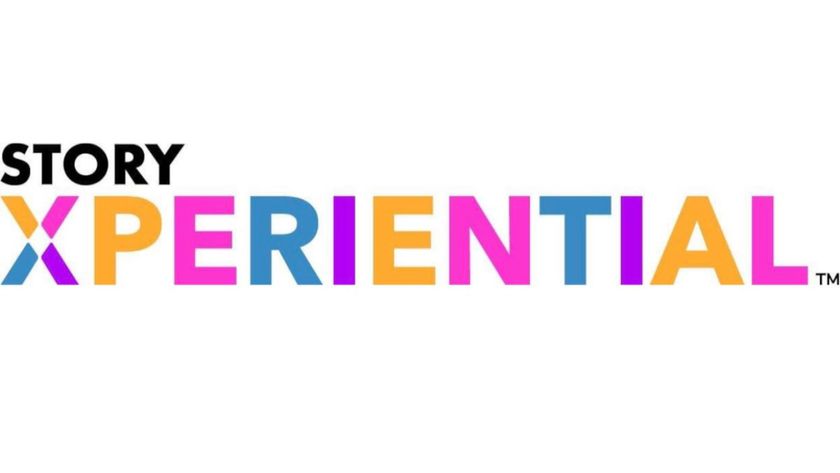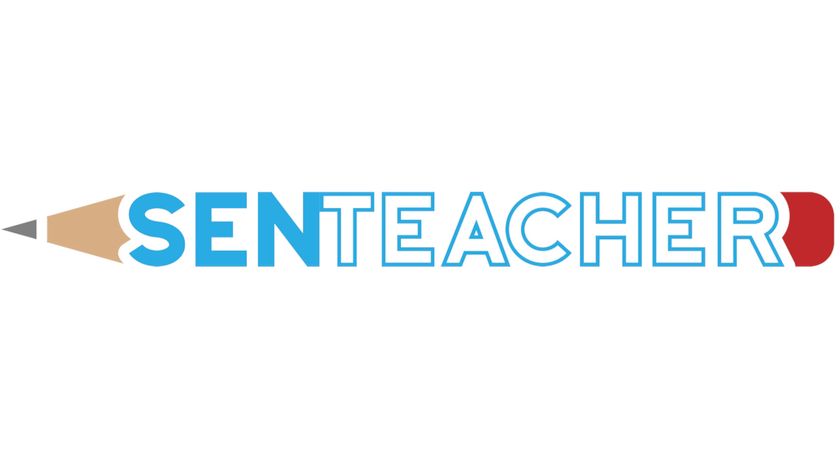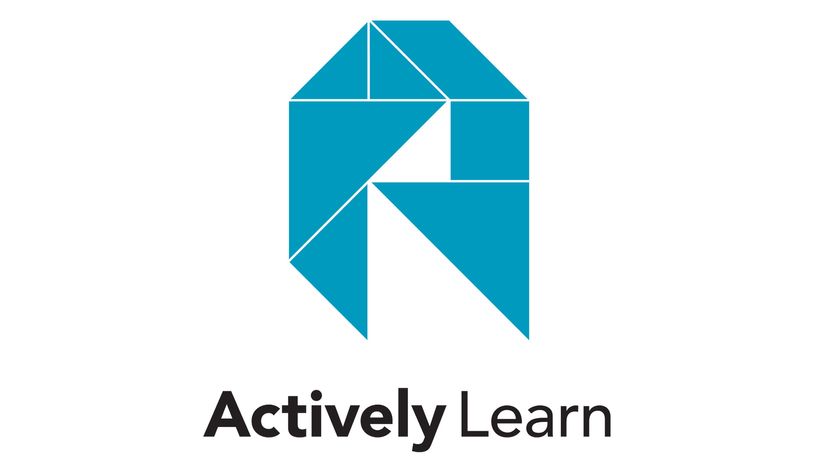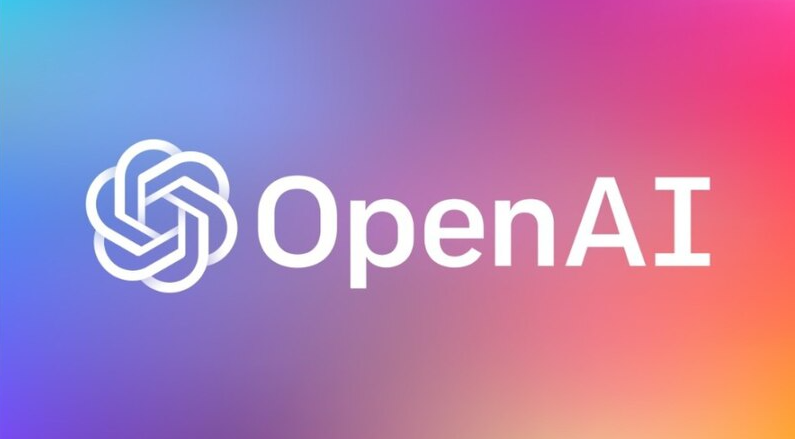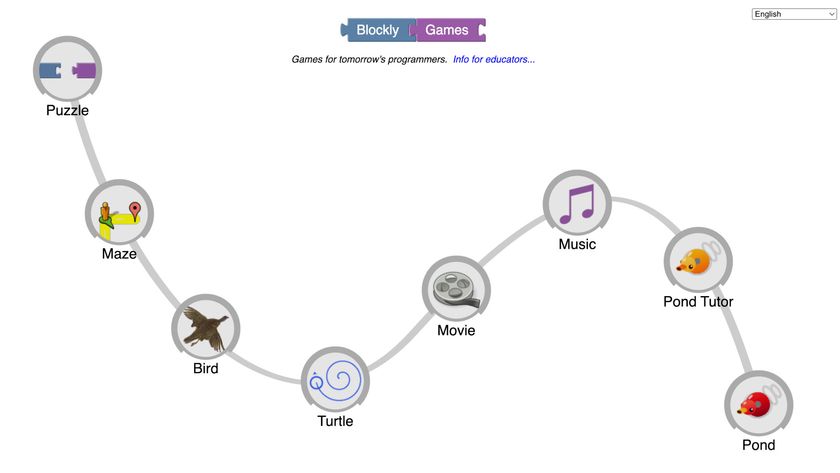Explaining AI Use in the Classroom to Families
Explaining AI use in your classroom to your students' families can help eliminate fears and build support

With the proliferation, obsession, and dichotomous uses of AI in education, it is important to communicate with the families of your students how, when, and why you are using AI in your classroom.
Families trust teachers to provide their children with safe learning environments, and this includes introducing them to reliable technologies that enhance their school experiences. Many families may receive different opinions and hear stories in the media regarding the use of AI in education and society. Some of these could be pro-AI discussions regarding better efficiency for teachers and personalized independent learning opportunities for their children, while others could be those detailing the spread of misinformation, the creation of deep fakes, or concerns about cheating.
Regardless of what families have heard about AI, it is imperative to explain its use in your classroom and initiate a dialogue that supports collaborative partnership.
Explaining AI: Provide Families with An Accessible Description of AI
While AI has not been typical jargon within education, it is increasingly being used synonymously with many technologies and described in diverse ways – sometimes very technical ways. Generative AI, which powers the likes of ChatGPT, is distinct from traditional AI.
Explain to families in layman's terms what AI is and isn’t. For example, you can share that AI technologies mimic human skills such as predicting, summarizing, and analyzing information. You can also explain that generative AI builds off of this, and creates new information, content, images, etc.
In addition, explain that AI is not one technology tool. For example, Gemini (formally Google Bard) is not itself a large language model that drives AI, but is a chatbot that uses a generative AI system.
It also may be helpful to highlight familiar home and personal use technologies that have AI systems such as Alexa, Siri, or Waze, and that more tools such as these will be commonplace in the future.
Tech & Learning Newsletter
Tools and ideas to transform education. Sign up below.
Connect the Use of AI to Learning Outcomes
Any tool used in K-12 classrooms should be to help students meet learning objectives and the same is true for AI.
If you believe in this technology-use model, explain to families how you are leveraging different AI technologies to support students’ academic, behavioral, and/or social development. Doing this will demonstrate to families that you are not just using AI because it is all the rage right now, but that you are intentional in your use and that what you have chosen benefits their children’s learning outcomes.
You can also share that there are many AI pedagogies to support instruction, engagement, and assessment.
Explain How You Are Addressing Ethical Concerns and How AI Tools are Vetted
Ethical and responsible use of AI technologies should also be explained to families, and you can lean on your school district’s or school’s policies for this. Families should know that you are aware of how certain AI technologies have the potential to harm students of color and female students. Acknowledge these potential concerns, and share how you are going about ensuring that you’re aware of bias and that the AI tools you are using in your classroom are not harmful to students.
Typically, there is a process for incorporating new technology tools into the classroom. Share this process with families and go through your school district’s or school’s policy on AI use for teaching and learning. Explain which aspects of an AI technology tool your vetting system addresses. Point out cost, access, ethics, bias, and other items that you screen for before exposing their children to the tool. This could be included in your overall use for how you plan for AI use in your lessons, and you can connect the process back to how learning outcomes are enhanced by its use.
While this advice is not exhaustive, it does provide a starting point to support ongoing discussions with families on AI use in the classroom. Families will also feel more connected to their children’s learning, and will be aware of how their child is using AI when working on school assignments at home.
Dr. Stephanie Smith Budhai is faculty member in the College of Education and Human Development at the University of Delaware, focusing on Educational Technology, Learning Design, and Justice-centered Pedagogies. She holds two national education technology leadership positions on the Information Technology Council and as Chair of the Culture and Climate Committee for the Society for Information Technology and Teacher Education (SITE). She holds a Ph.D. in Learning Technologies, and a M.S. in Information with a specialization in Library and Information Science, and K-12 teaching certifications in Technology Education, Instructional Technology and Business, Computers, Information Technology, Special Education and Elementary Education. Dr. Smith Budhai is the 2021 SITE Emerging Leader and the 2017 ISTE Awardee for Excellence in Teacher Education. She is also a Nearpod, and VoiceThread Certified Educator. Dr. Smith Budhai has more than a decade of online teaching experience, and has published myriad books (two have been translated into Arabic), articles, and invited editorials surrounding the use of technology and online learning in education. A few of her book publications include:
- Leveraging Digital Tools to Assess Student Learning
- Increasing Engagement in Online Learning: Quick Reference Guide
- Teaching the 4Cs with Technology
- Best Practices in Engaging Online Learners through Active and Experiential Learning Strategies
- Nurturing Young Innovators: Cultivating Creativity in the Classroom, Home and Community





